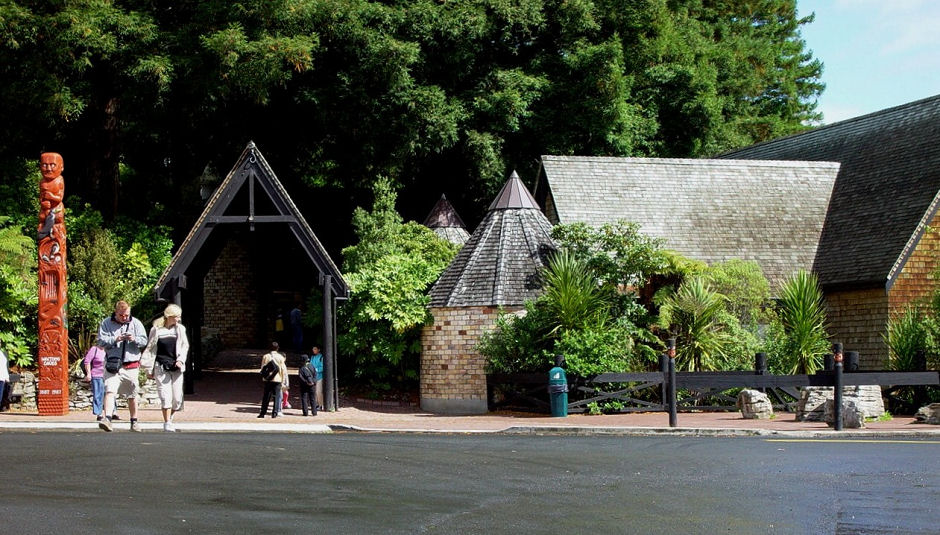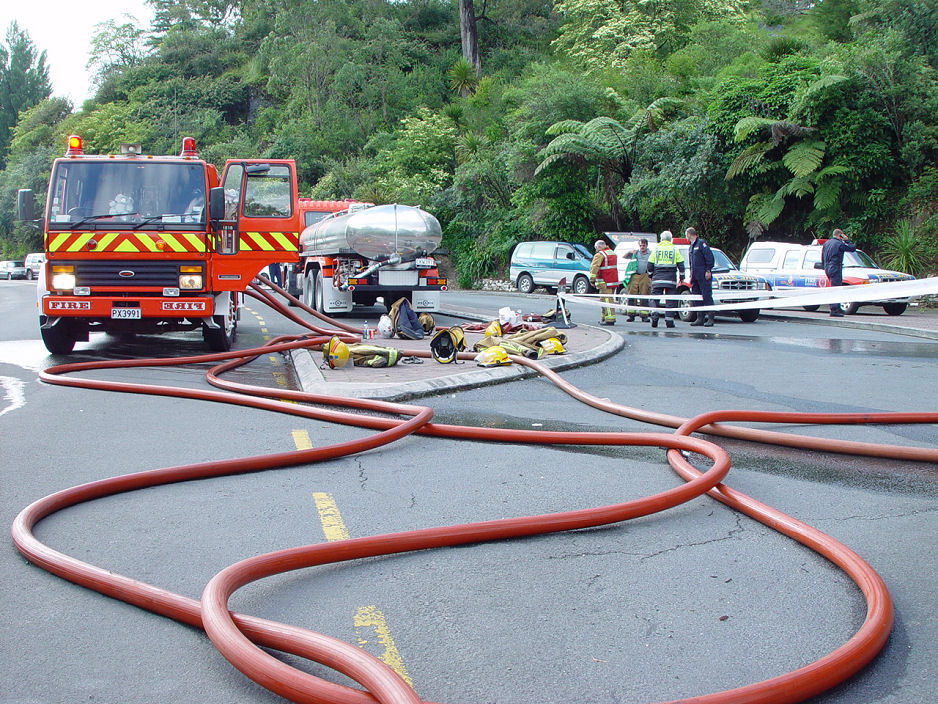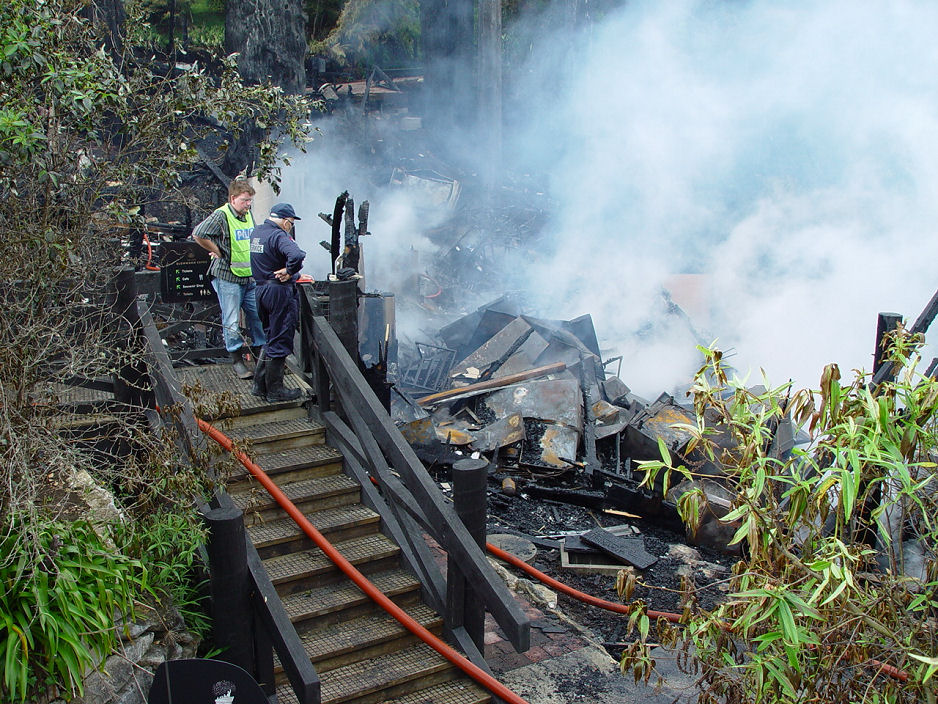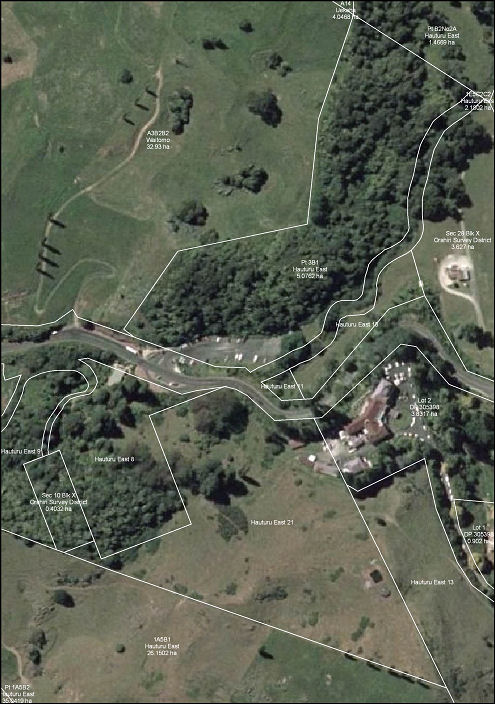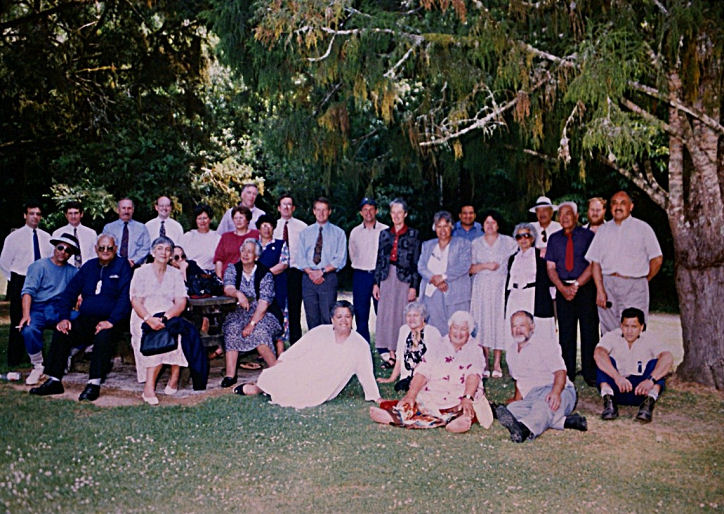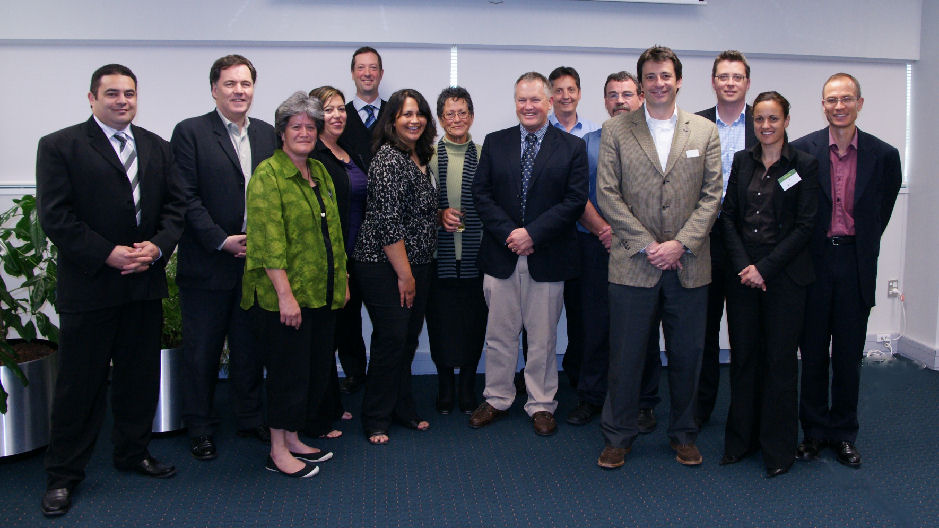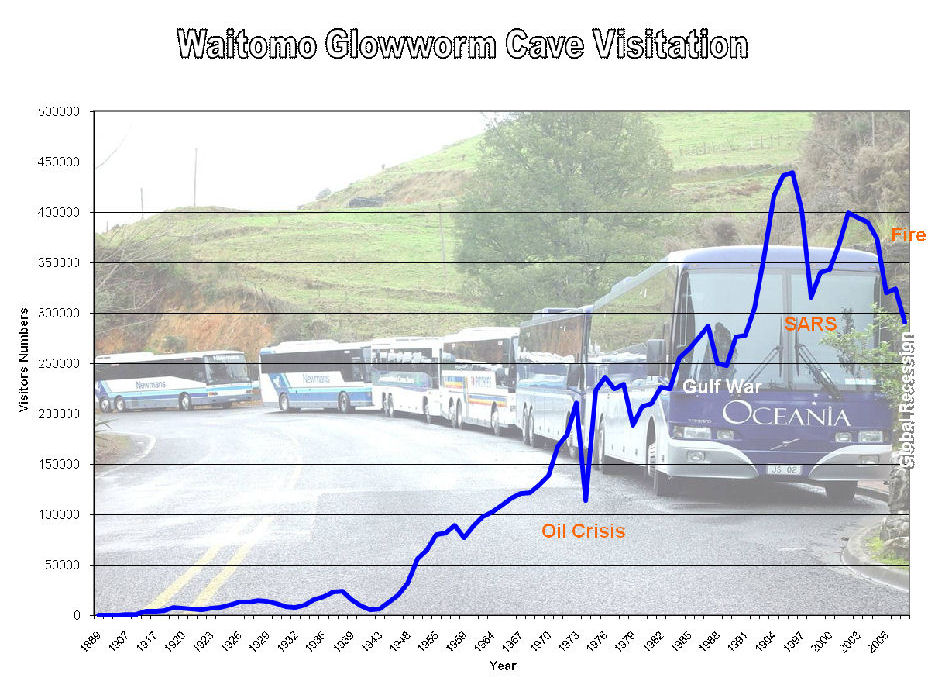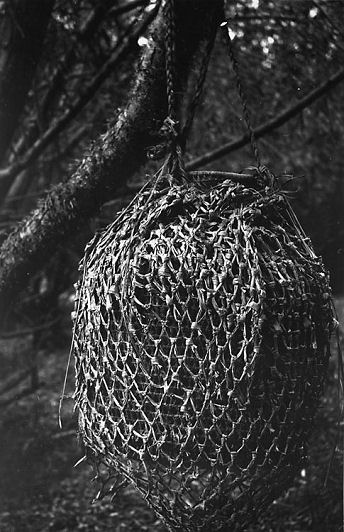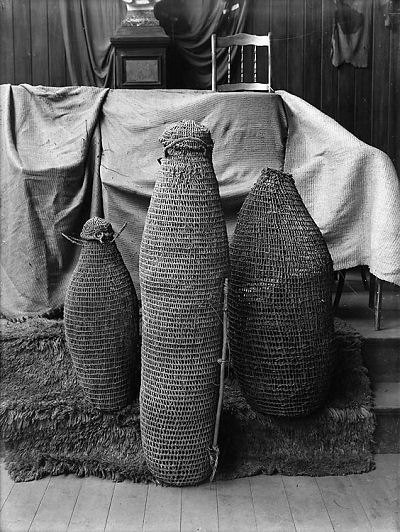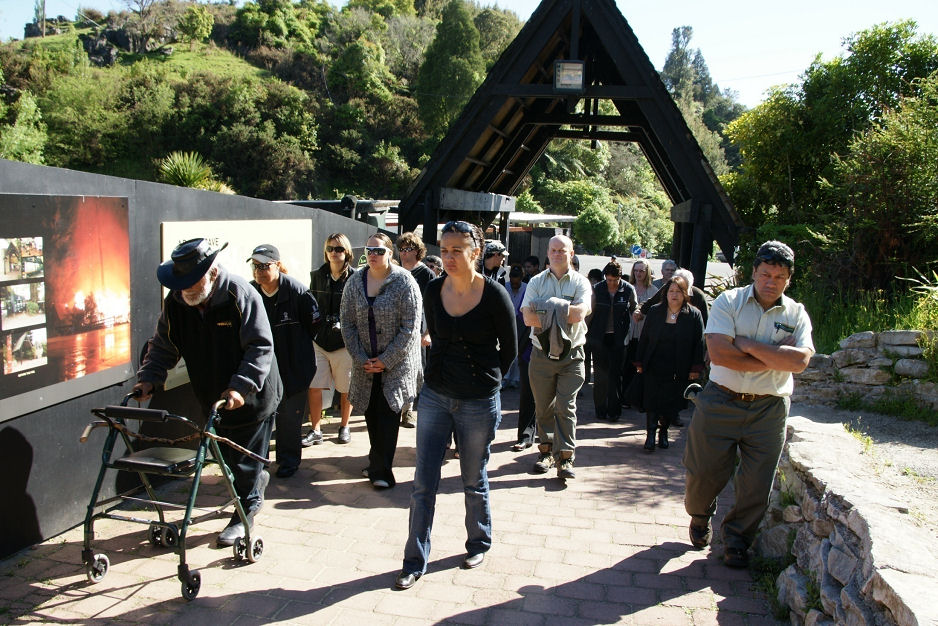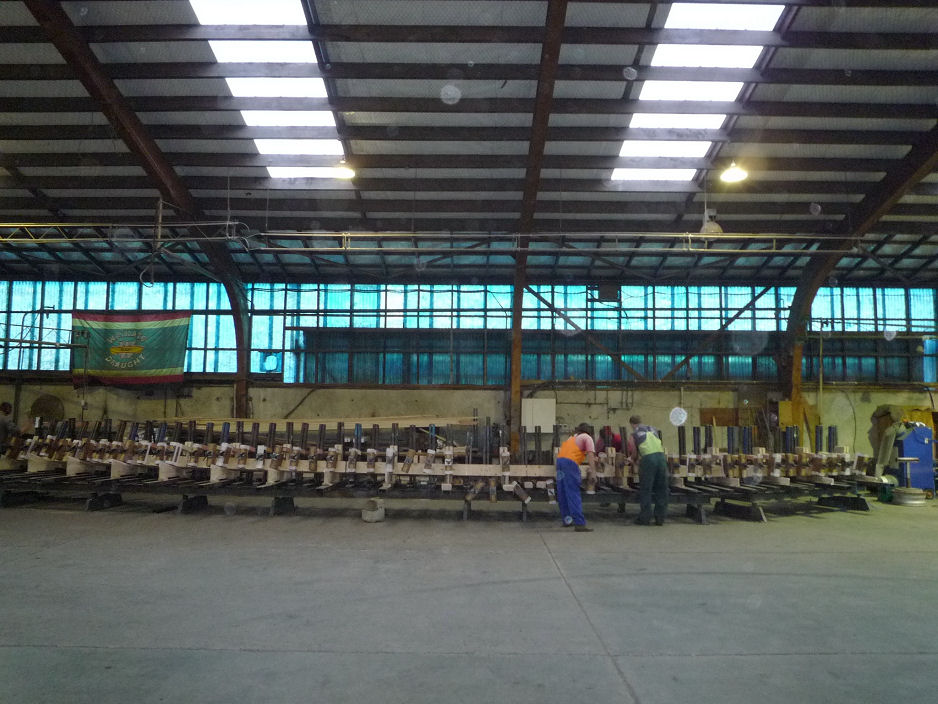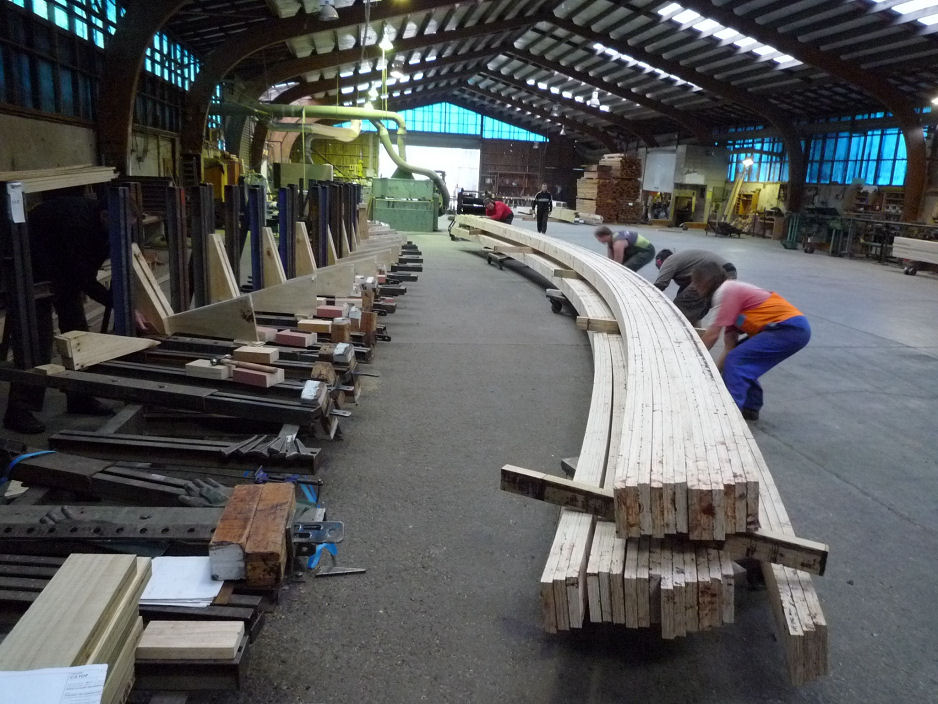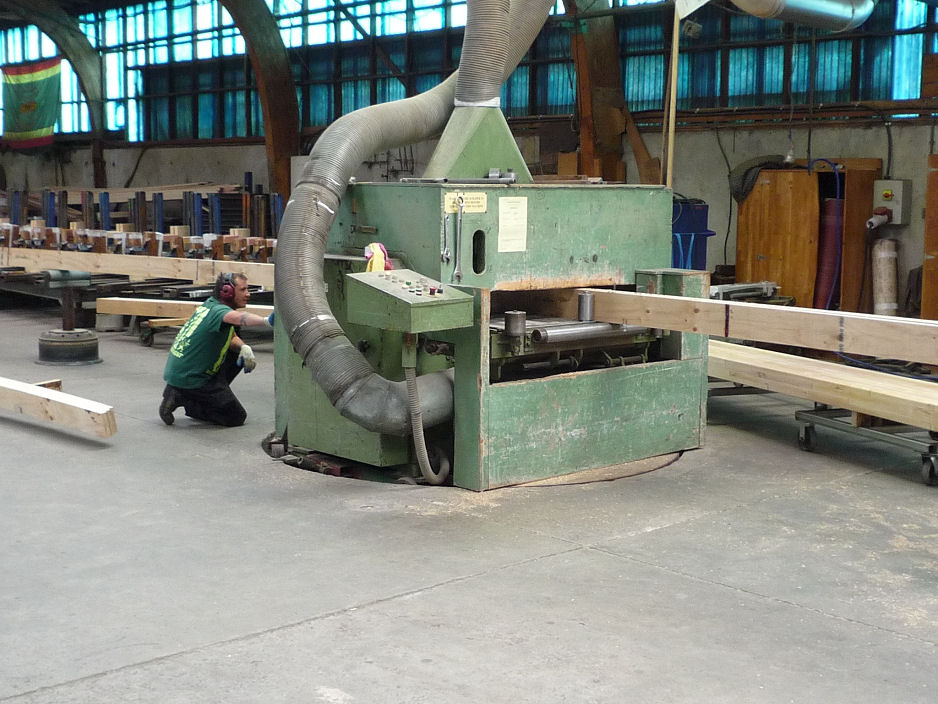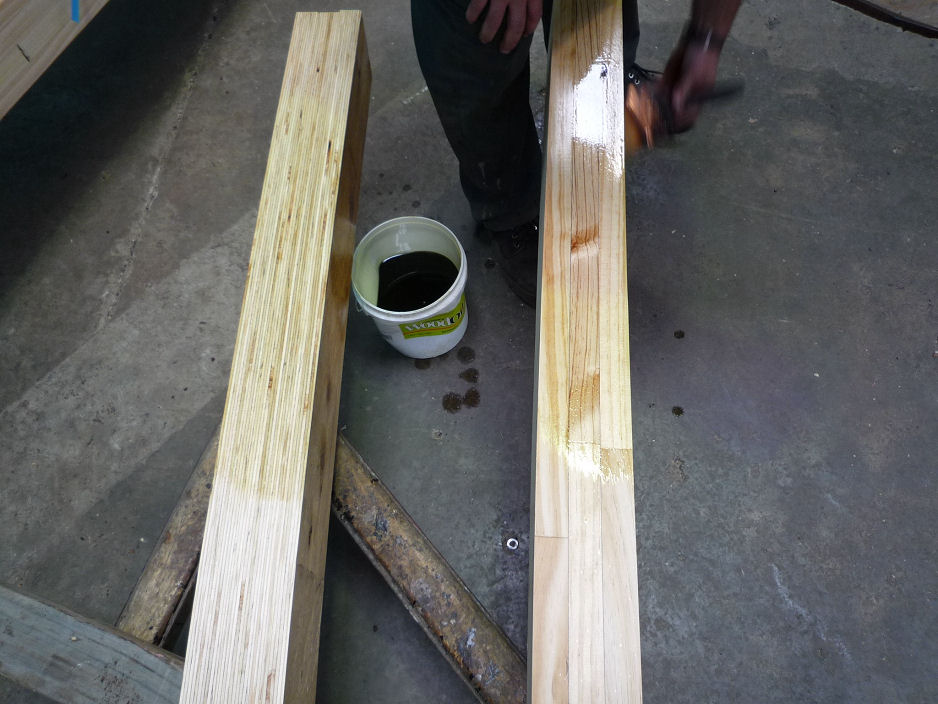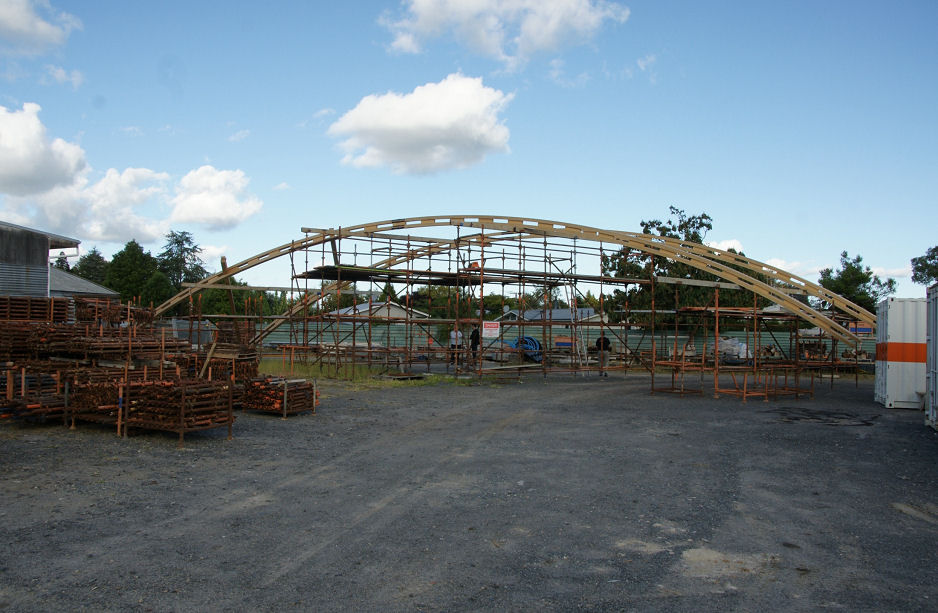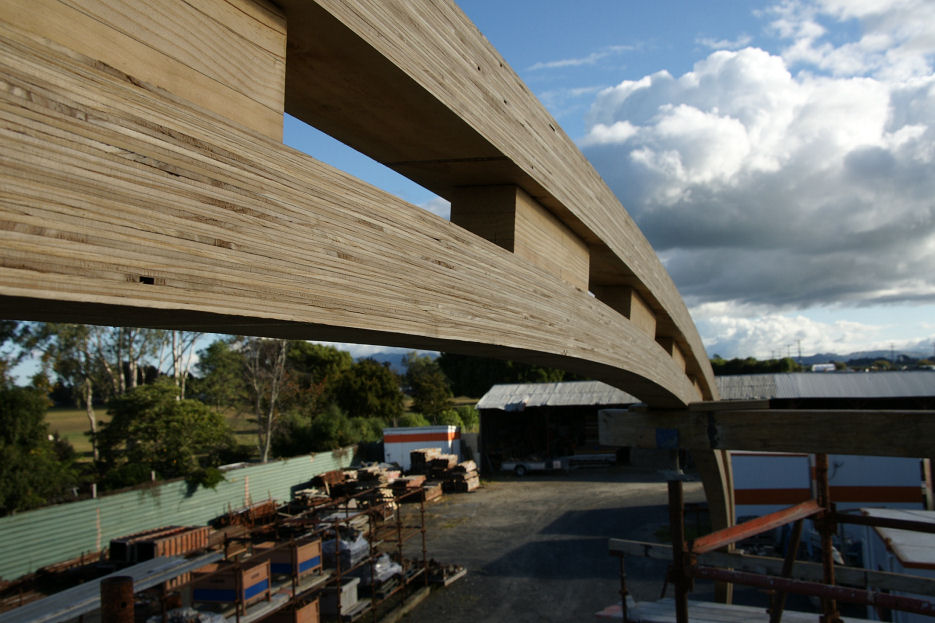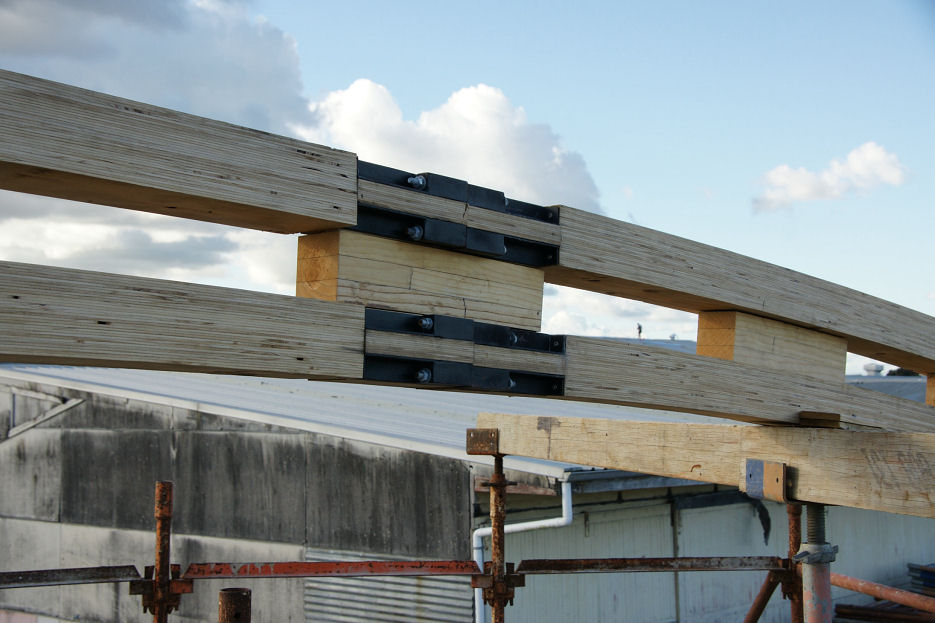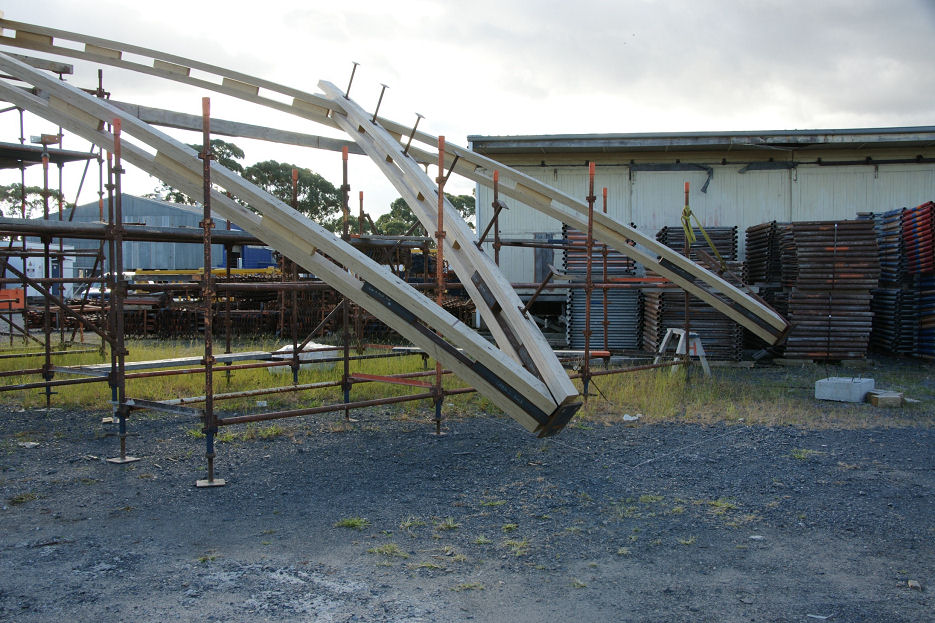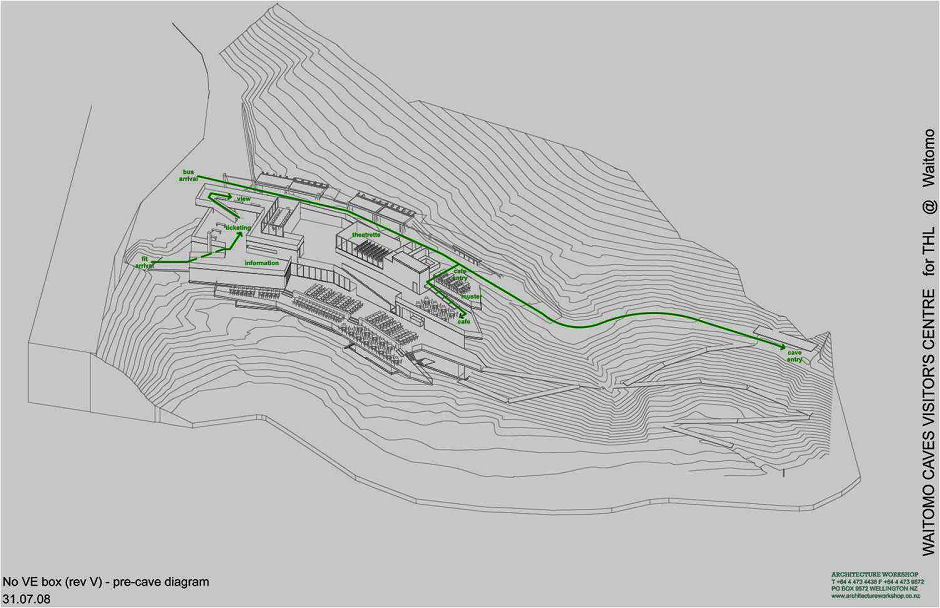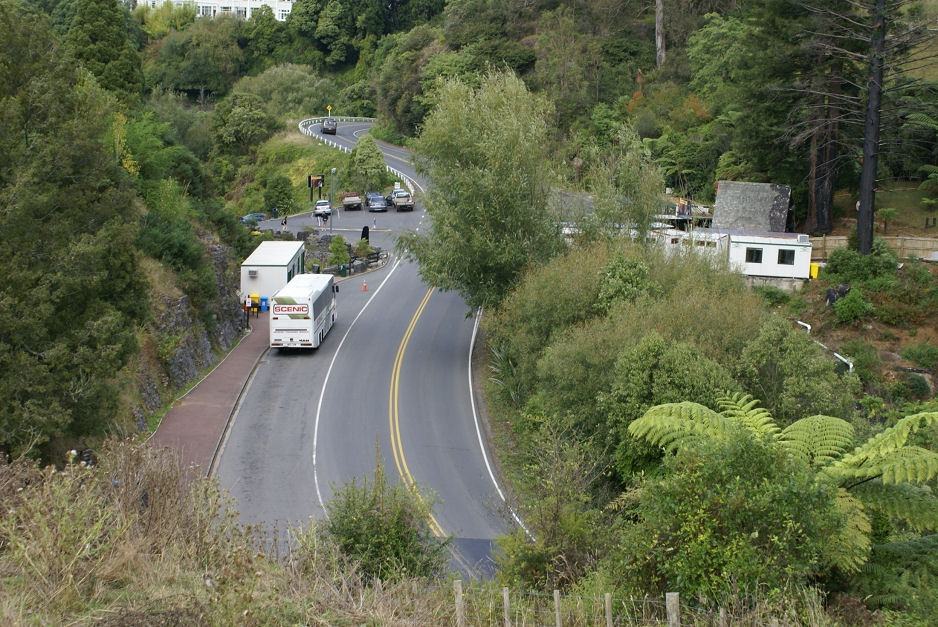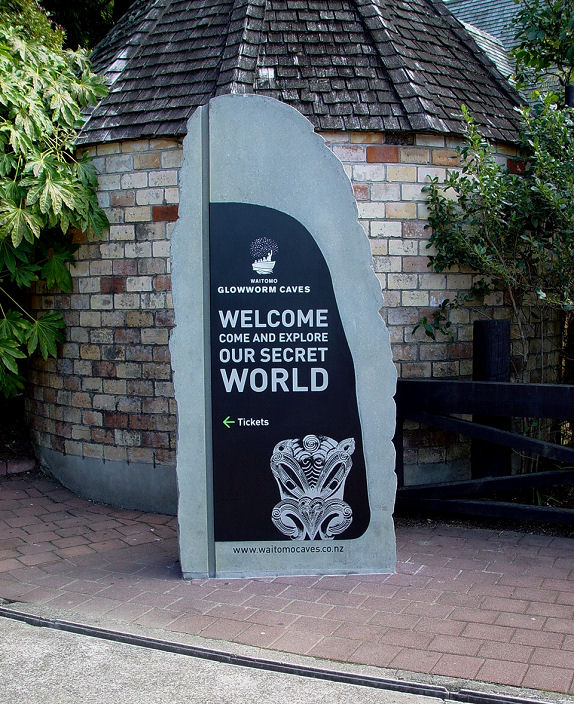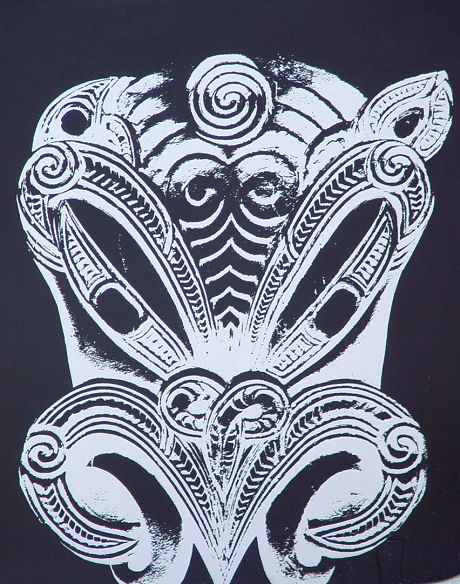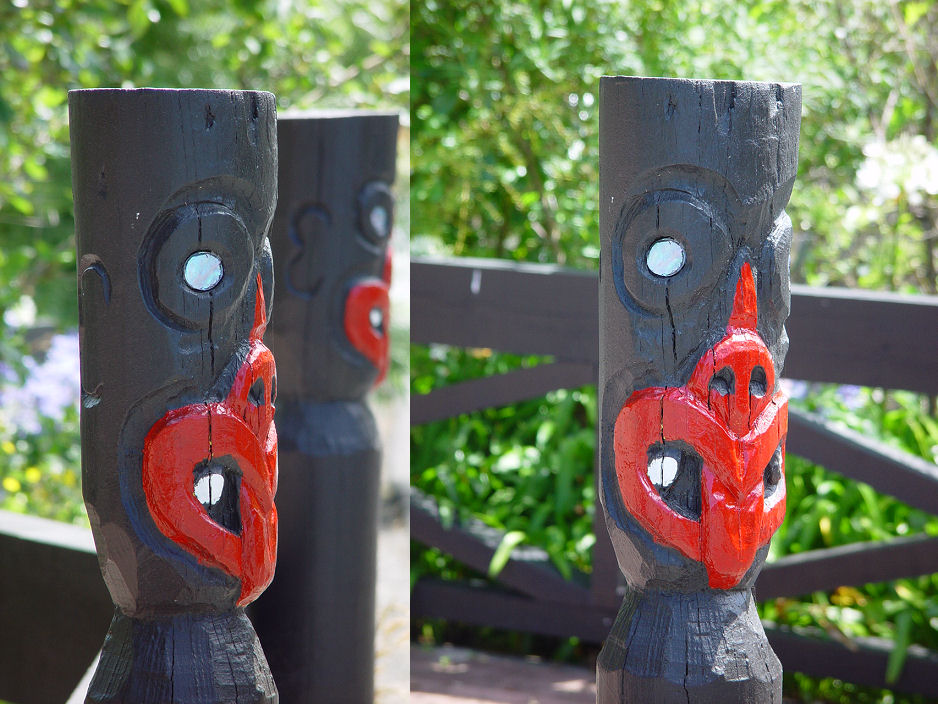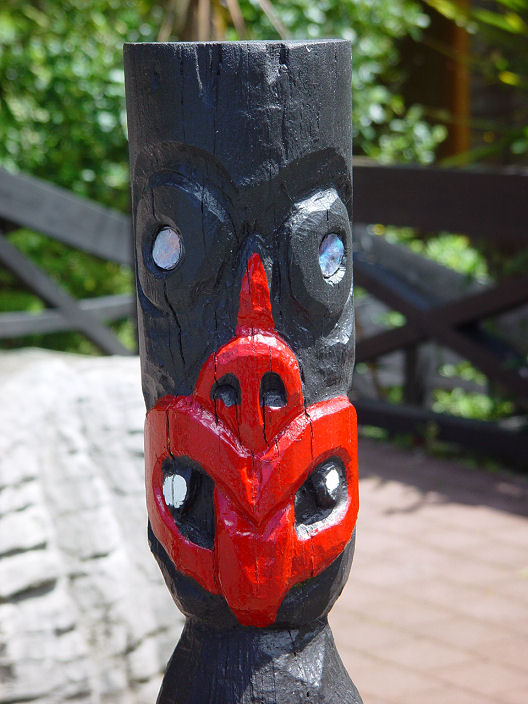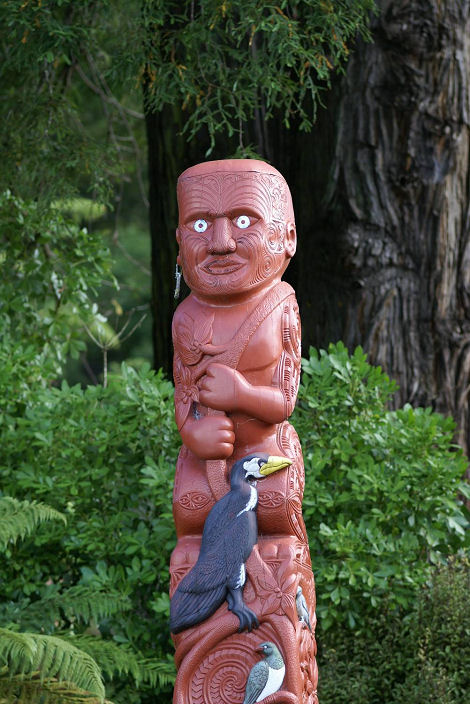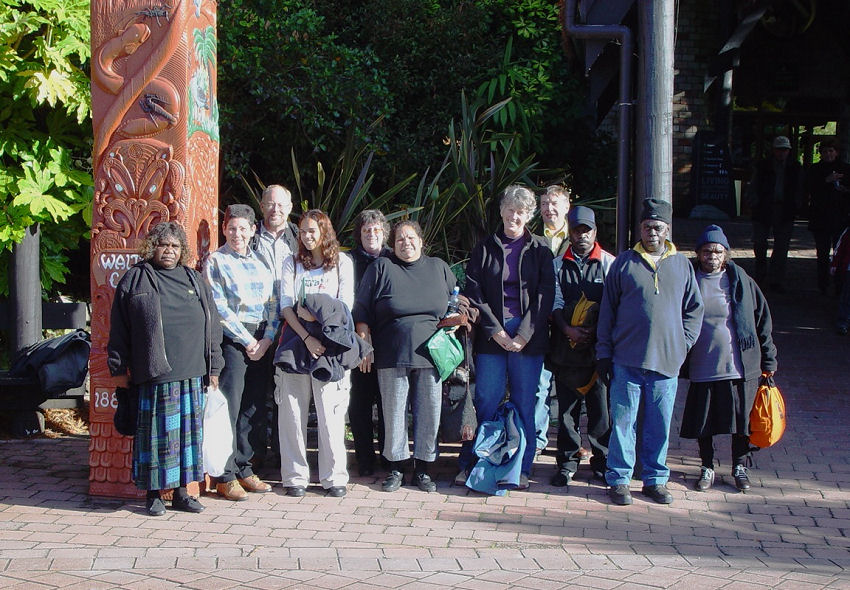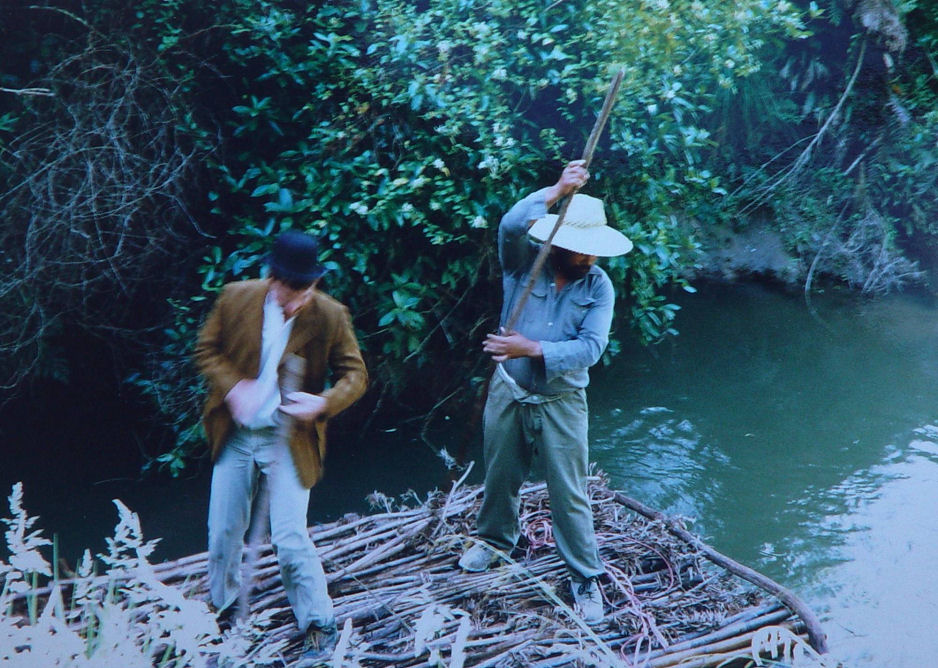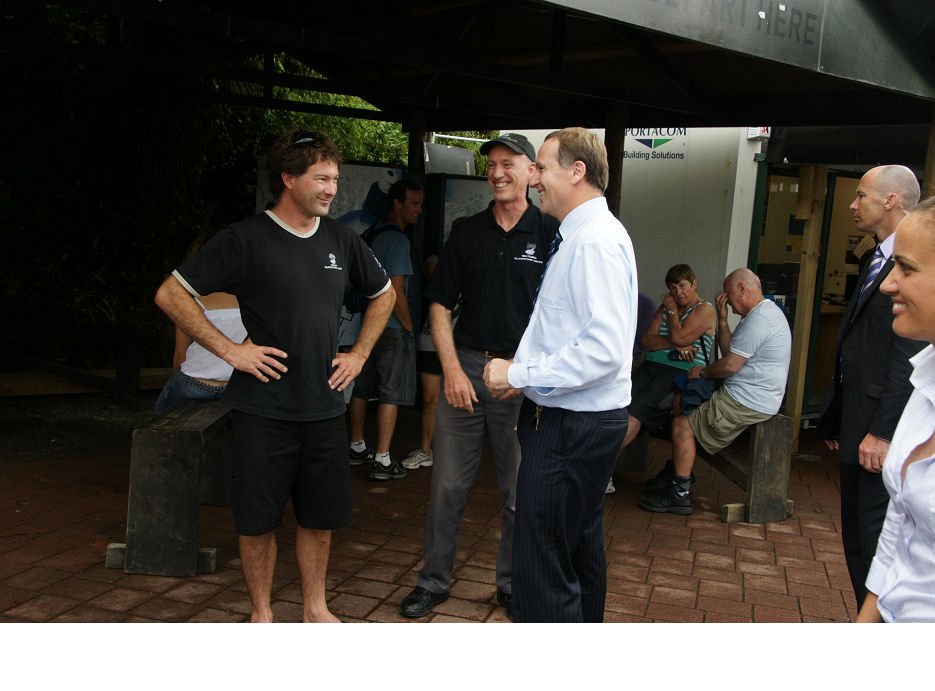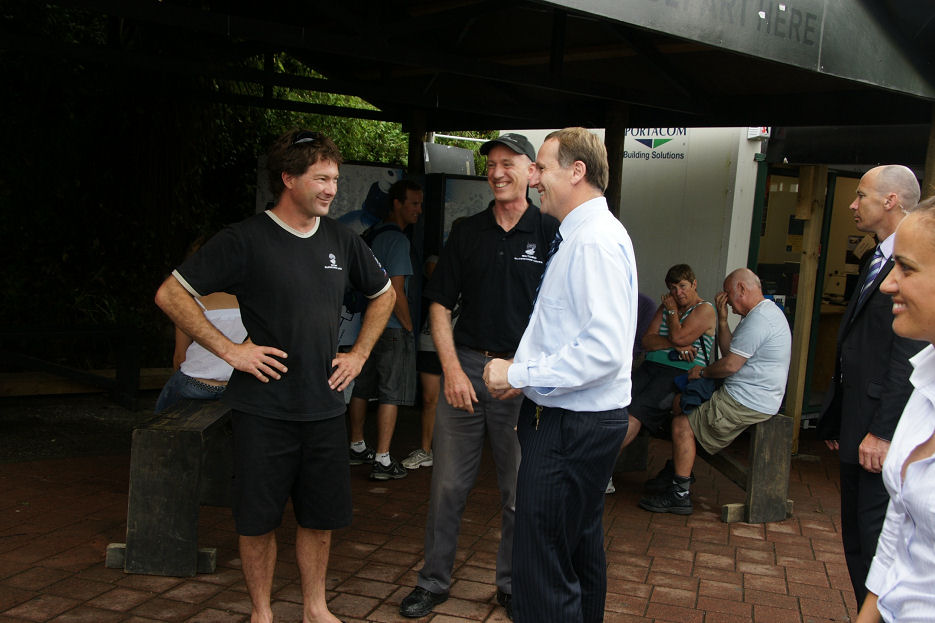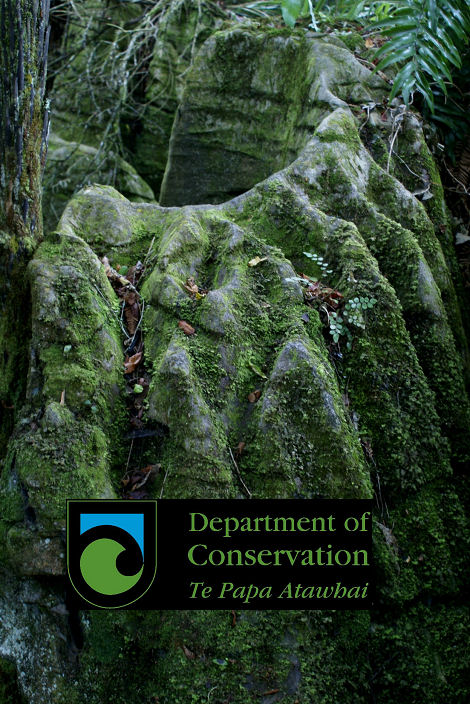WAITOMO GLOWWORM CAVES FACILITIES REDEVELOPMENT
Abstract
The entire visitor complex at the Waitomo Glowworm Caves was lost by fire on 14 December 2005. Since that time major negotiations have taken place between the land owners, Ruapuha Uekaha Hapu Trust and the Department of Conservation, with the lease holders for the resource, Tourism Holdings Limited, to achieve a significant rebuild of these facilities to meet today's tourism market. This presentation will cover some of the issues in the design of this $11 million facility and some of the challenges that are being faced in a global economic downturn and a nationally declining international tourism market. The Waitomo Glowworm Caves are an iconic tourist destination in New Zealand and are part of the 'tourism brand' contributing to the national identity of the country
Introduction
The Waitomo Glowworm Caves are an iconic tourist destination in New Zealand with a large percentage of international visitors visiting the resource each year. The caves have been a tourist attraction now for 112 years. On 14 December 2005 the entire visitor facilities complex was destroyed by fire, possibly caused by an internal electrical fault in the building complex. The caves were closed to tourism for just two days while site works took place and temporary buildings were located to enable the venture to continue operating.
The Waitomo Glowworm Caves are owned jointly by the Department of Conservation and the Ruapuha Uekaha Hapu Trust. There is a management partnership between the Crown (Department of Conservation) and the Hapu Trust to run the resource which is leased out to Tourism Holdings Limited who are a major national tourism operator. This management partnership flows from an agreement with the Crown for the settlement of a land claim by the local Maori people under the Waitangi Tribunal in a mediated settlement which was completed in June 1990. That settlement provided for a 32 year licence over the site and it was that licence that was purchased by the current operators, Tourism Holdings Limited. By coincidence the 32 year term of the licence provided for a right of renewal after 16 years and that renewal was just six months after the fire in June 2006.
On considering rebuilding the facilities, Tourism Holdings Limited wanted to use the opportunity to recreate the visit to Waitomo Caves as a new experience and to hopefully develop the resource to have greater appeal to the domestic market. Eighty percent of tourists to the Caves are international and as a consequence the resource is very susceptible to the fluctuations of external events such as the oil crisis, the Gulf War, SARS and the current global economic downturn.
The intense heat of the fire, through what was entirely a timber structure, resulted in major damage to a grove of large redwood trees which were believed to be planted on the site in the early 1900s. The former buildings were nestled amongst these trees which provided shelter, shade and a certain ambience for the many thousands of visitors that waited in this location prior to their cave visit.
Part of the design brief for this new structure was to recreate an iconic structure that provided for the shelter and ambience that had been provided for many years by the redwood trees. The designers came up with the concept of a large canopy which would have the multi-storeyed buildings and infrastructure placed underneath it. This canopy will draw visitors into the cave entrance and is constructed of massive timber beams in a basket weave pattern reminiscent of a hinaki or traditional Maori fishing net.
The roofing material for the canopy is to be a high tech Teflon product which has been used in a number of locations around the world and was most recently seen in some of the significant stadia's built for the Beijing Olympics. Part of the British Museum has this material used very effectively in the roof. This Teflon will be laid across the canopy in large pillows which will be inflated by pneumatic pumps which will adjust continuously to maintain a constant pressure and envelope. The material is highly translucent and the pillow will provide insulating properties which should assist in the controlling of temperatures within the structure. The Teflon, is by its very nature, a non-slip surface and maintenance (such as cleaning and washing down) is expected to be required infrequently.
The Ruapuha Uekaha Hapu Trust conducted a ceremony to formally bless the site prior to the commencement of works on 11 November 2008. Site works have now commenced with the benching of the three main levels which will make up the platforms for the new facilities over which the canopy will be erected. This is the first time in the world that construction of a canopy of this dimension has been attempted using timber beams and frames. The beams are being laminated by a specialist firm in Nelson (at the top of the South Island). Each beam provides part of the curvature of the canopy and each length is made up of three separate components. Not only does each beam curve, but it also twists to make up the design for the structure. The gluelam beams have required significant engineering input and peer review and international engineers are also taking particular interest.
Some prototypes, for two thirds of the beam structure, have been erected on the contractor's industrial site in Hamilton City. The prototypes have provided an opportunity to design and redesign the connecting mechanisms and to trial the construction prior to the major activity taking place on the construction site.
The design of the whole complex has been through a number of consultative processes with the owners and Tourism Holdings Limited. One of the major considerations has been the flow of visitors through the site. The provision of toilets has always been an essential item at the Glowworm Caves as a large number of the visitors travel by coach from Auckland and the Caves are often their first stop prior to proceeding through to the tourist destination of Rotorua. To accommodate this, a large bank of toilets have been incorporated into the design and will be excavated into the bank on the high side of the canopy and will be part of the anchor points for the 11 spans of beams that will make up the canopy. The visitor flow has also needed to consider the public safety aspects on arriving at this destination. Visitors will be encouraged, through design and management on the site, to enter the facility through the underpass on the main road. The internal construction is on three platforms with different levels providing office and staff administration, a café, a 400 seat restaurant, and flexible space for displays, promotions, conference facilities and the like. The main flow through the building will be past the ticketing facilities and will be maintained on one level.
Another significant design feature relates to the exit from the cave where the main pathway will be completely realigned to achieve a very gradual gradient for the return back through the facilities buildings, souvenir shops and cafés, to again exit through the underpass on the main road.
As part of the whole package Tourism Holdings Limited have been looking at a general upgrade and enhancement of delivering the cave experience to the visitors. The Glowworm Caves are iconic through a more than 100 year history of visiting the Glowworm Grotto on a boat trip in silence, observing these natural wonders. Part of the development will include constant attention to enhancing the visitor experience with a focus on the continued employment of local people and Hapu Trust members to impart to visitors their traditions, culture and history associated with their place. The revamp will also take into account signage and interpretation and cultural elements to be incorporated into the overall theme for the design.
A significant aspect has been the sighting of Te Pou Tane Mahuta, the traditional carved pole which has had to be sighted so that visitors can easily have photographs taken by this significant feature. The construction is anticipated to be completed in February 2010 and is likely to be officially opened by the Prime Minister, the Hon John Key, who is also the Minister of Tourism. He visited Waitomo earlier this year and met the Caves staff and has been familiarised with the project which is significant in terms of his portfolio as Minister of Tourism.
